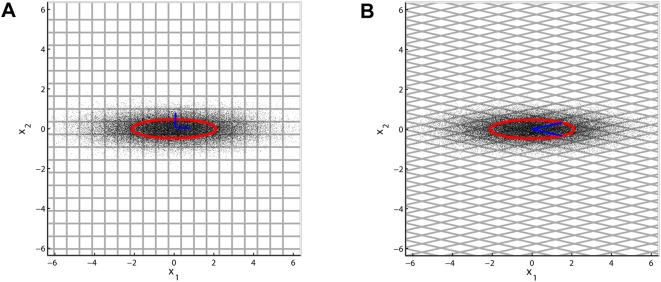Figure 6. The Partition Cell Shape is Crucial for the Quantization Error.
The quality of a source code depends on both the shapes of the partition cells and on how the sizes of the cells vary with respect to the source density. When the cells are small (i.e., the entropy rate is high), then, the quality mainly depends on having cell shapes that minimize the average distance to the center of the cell. For a given volume, a body in Euclidean space that minimizes the average distance to the center is a sphere. The best packings (including the hexagonal case) cannot be achieved with linear transform codes. Transform codes can only produce partitions into parallelepipeds, as shown here for two dimensions. The best parallelepipeds are cubes which are only obtained in the case of orthogonal transformations. Therefore PCA yields the (close to) optimal trade-off between minimizing the redundancy and the distortion as it is the only orthogonal decorrelation transform (see [39] for more details). The figure shows 50.000 samples from a bivariate Gaussian random variable. Plot (A) depicts a uniform binning (bin width  , only some bin borders are shown) induced by the only orthogonal basis for which the coefficients
, only some bin borders are shown) induced by the only orthogonal basis for which the coefficients  and
and  are decorrelated. Plot (B) shows uniform binning in a decorrelated, but not orthogonal basis (indicated by the blue lines). Both cases have been chosen such that the multi-information between the coefficients is identical and the same entropy rate was used to encode the signal. However, due to the shape of the bins in plot (B) the total quadratic error increases from 0.4169 to 0.9866. The code for this example can be also downloaded from http://www.kyb.tuebingen.mpg.de/bethge/code/QICA/.
are decorrelated. Plot (B) shows uniform binning in a decorrelated, but not orthogonal basis (indicated by the blue lines). Both cases have been chosen such that the multi-information between the coefficients is identical and the same entropy rate was used to encode the signal. However, due to the shape of the bins in plot (B) the total quadratic error increases from 0.4169 to 0.9866. The code for this example can be also downloaded from http://www.kyb.tuebingen.mpg.de/bethge/code/QICA/.

